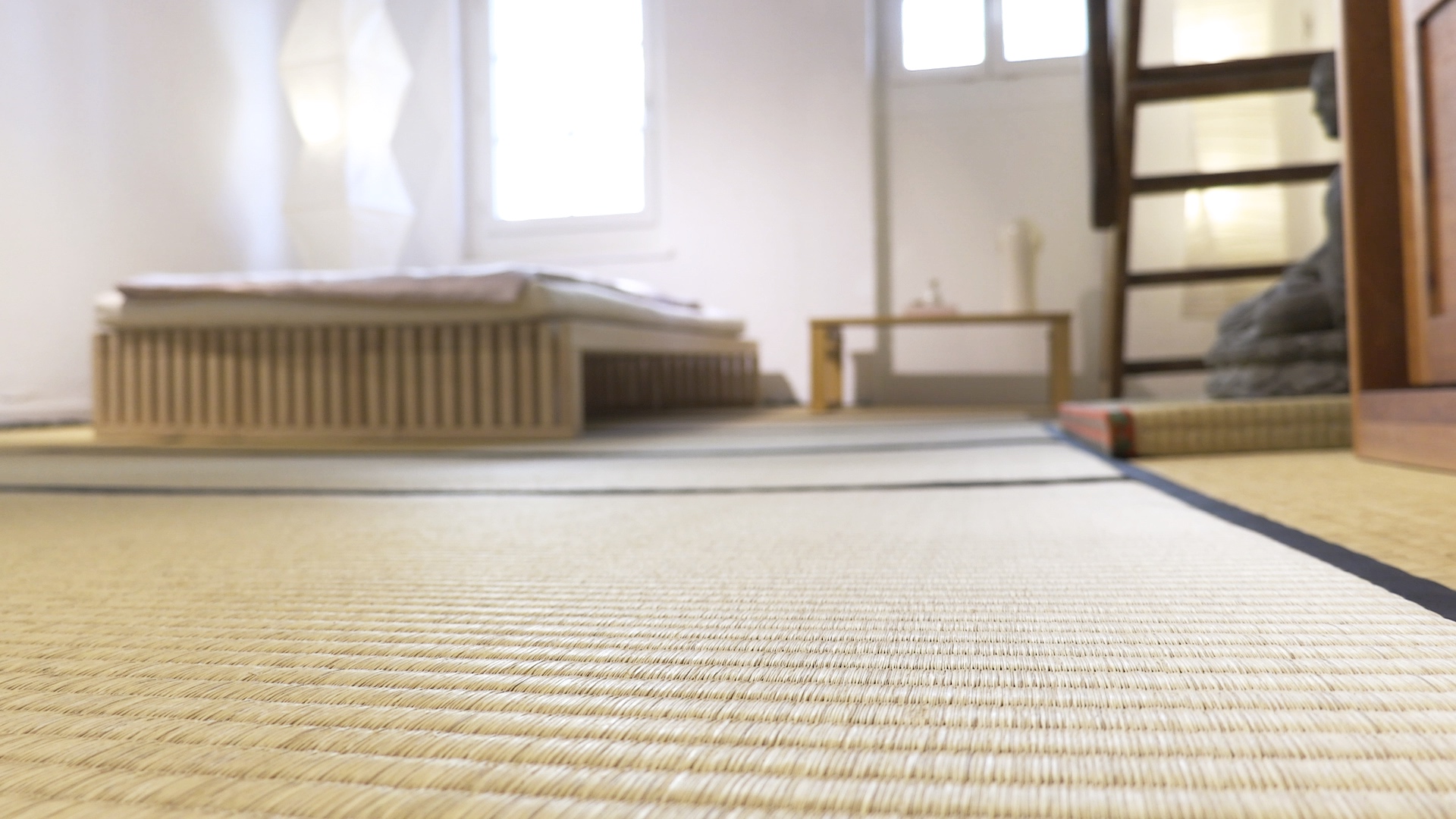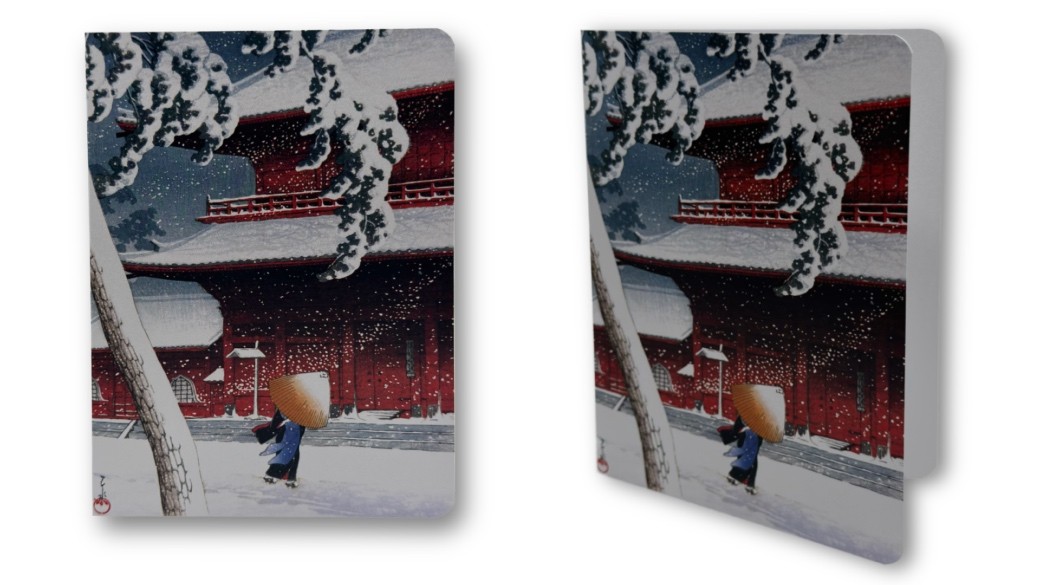
Tatami without pesticides
Tatami is one of the most important products at Sato. The Japanese floor mats can be ordered in different sizes to create a very personal living, sleeping, working or retreat environment. Sato tatami can be laid directly on the floor, whether it be stone, parquet or carpet, with or without underfloor heating. They are also a natural component of various Sato beds. In this way, the tatami can easily be used to create a timeless and minimalist Japanese living atmosphere. Sato tatami are manufactured in Taiwan according to the Japanese Industrial Standard JIS 5901 (see certificate below). This means that, unlike many other tatami available in Europe, Sato tatami are guaranteed to be produced without the use of pesticides. To ensure that no bugs or germs can settle in, a double heat treatment is carried out. Thanks to these strict specifications, Sato tatami has a very long life when treated properly. It is therefore not surprising that 90% of the production of the manufacturer who supplies Sato - a third generation family business - is sold to tatami dealers in Japan. It should also be noted that, according to Japanese standards, a tatami is a maximum of 90 centimetres wide.
Tatami in Japan
Tatami is the natural floor covering in traditional Japanese living. It is a mat made of rice straw (jp. inawara) with a thin rush mat (jp. goza) on top. The sides of the tatami are edged with a black textile band (jp. beri). Its texture allows for flexible and hygienic living and banishes shoes to the outdoors. During the day, people sit, work and linger on the tatami; at night, it becomes a place to sleep by taking the futon out of the closet and unrolling it. The initial green colour of the surface turns yellowish with time, due to exposure to light. Over the years, a natural charm develops that tells the story of its inhabitants. Tatami was once the most common floor covering in Japanese homes. In modern city apartments, this flooring is usually confined to a single room, the washitsu ("Japanese room"), which is used as a guest or living room.










